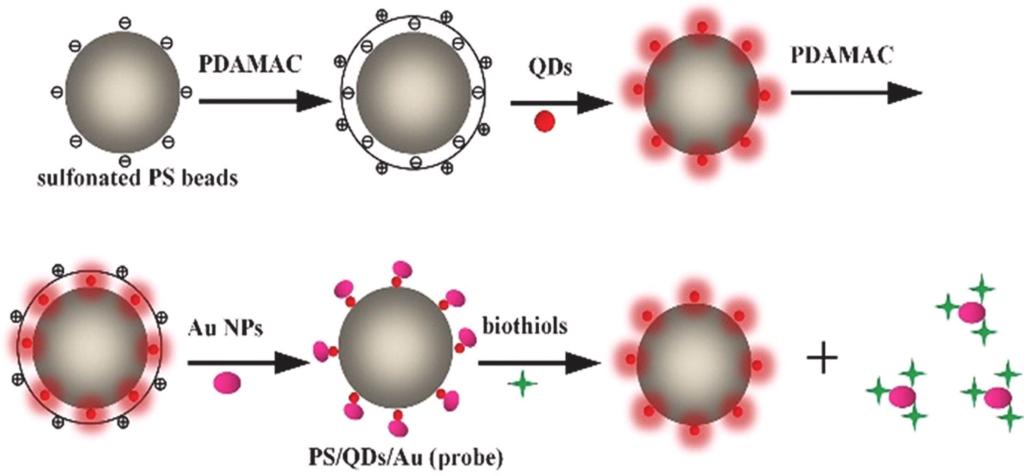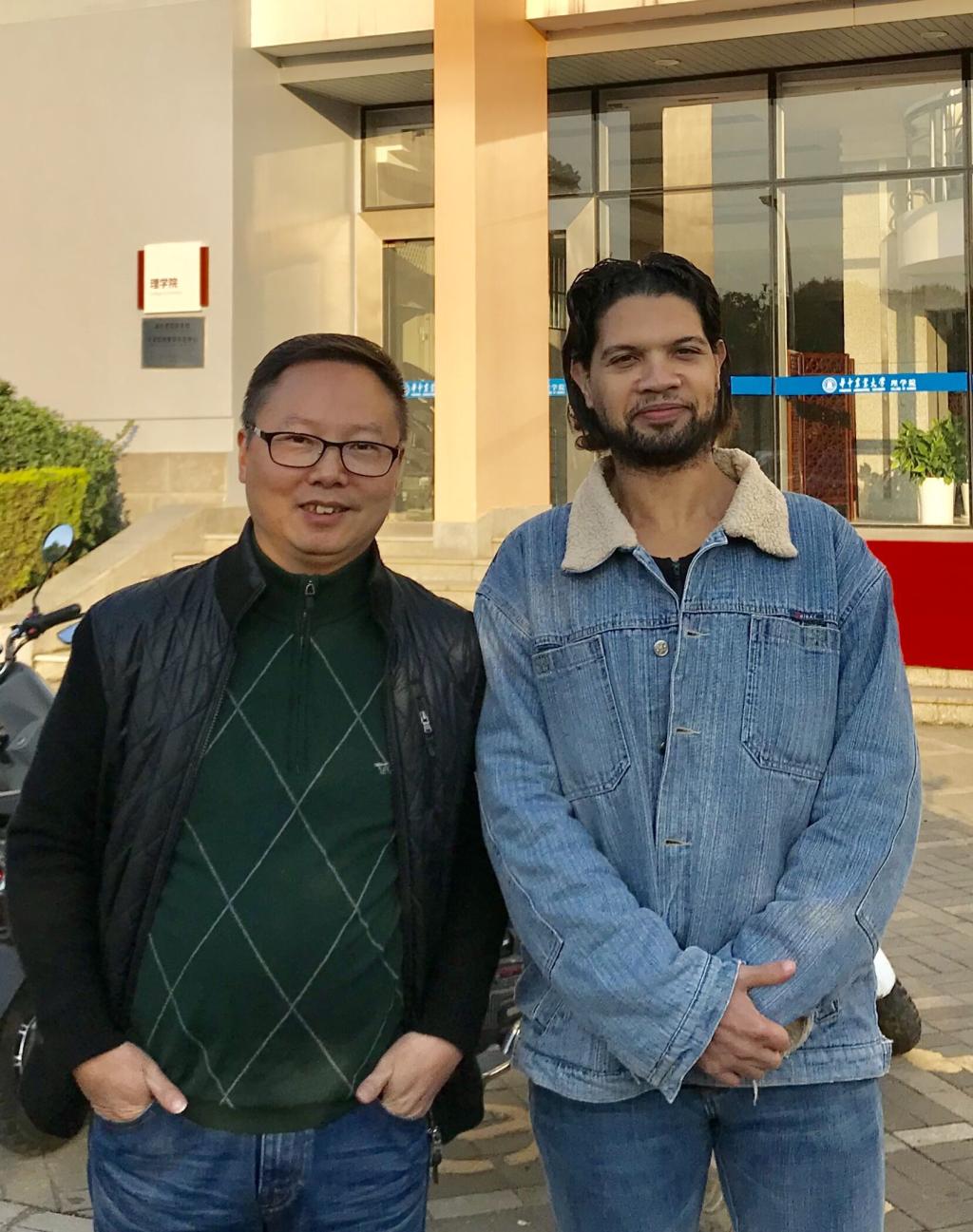
The designed probe is successfully applied to imaging of intracellular biothoils in A549 cells
A team of researcher at HZAU devise a new method for early detection for the dangers diseases (Cancer, Alzheimer’s and Cardiovascular), by using nano-biosensor for detect the biothiols (Cys, Hcy and GSH) as a source for that diseases. The probe prepared by using cheapest materials with turn on fluorescence features and successfully used for bioimaging with high selectively and sensitively detection.
The results appeared in Talanta by Dr. Chao Yuan, Dr. Zhidong Xiao (Associate Professors in College of Science); Professor Bin Li (The dean of Food Science and Technology College), Huazhong Agricultural University, Wuhan, China; Professor Chuangye Lin (Hubei Vocational College of Bio-Technology); Ahmed Mohamed (PhD candidate in College of Food Science & Technology, Huazhong Agricultural University, Wuhan, China and assistant lecturer in Department of Biochemistry, Faculty of Agriculture, Benha University, Benha, Egypt); Xuemeng Li (MSc candidate in College of Science, Huazhong Agricultural University, Wuhan, China); Abdullah M. Asiri (PhD candidate), Hadi M. Marwani (PhD candidate) and Professor Suhua Wang (Chemistry Department, Faculty of Science, King Abdulaziz University, Jeddah, Saudi Arabia).
The team of researchers produced a new nano-biosensor for detect biothiols because the unnormal levels for these compounds in Human body case for several saris diseases. This probe has a highly sensitive and selective with fast preparation, fast detection, low cost and excellent permeability with successfully applied for the imaging of intracellular biothiols in A549 cells. In this work, flow cytometry-based fluorescent sensor is for the first time developed for the detection of biothiols in a fluorescence “turn on” manner. The probe which we name “Polystyrene/Quantum Dots/Gold Nanoparticles” or (PS/QDs/Au) is constructed by immobilizing QDs onto the surface of PS microbeads to obtain fluorescent microbeads.

Ahmed Mohamed, a international PhD candidate, with his mentor Dr. Zhidong Xiao
Gold NPs is absorbed on these microbeads through electrostatic interaction, which cause to quenches the fluorescence of these PS/QDs microbeads. In the presence of biothiols, the fluorescence of our probe can be restored in less than 5 min, and the detection limits for GSH, Cys and Hcy are 0.5 μM, 0.1 μM and 0.3 μM, respectively. Most importantly, the fluorescence signal of each of our probe microbeads can be collected individually by flow cytometry, realizing single microbead-based biothiols detection for the first time.
This work was supported by the Fundamental Research Funds for the Central Universities (2662016QD004, 2662017PY114), the National Natural Science Foundation of China (21705054), Post-doctoral Science Foundation of China (2014M560443, 2015T80576).
https://www.sciencedirect.com/science/article/pii/S0039914018311767?via%3Dihub
https://doi.org/10.1016/j.talanta.2018.11.025